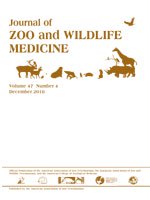ARTICLES (14)
CASE SERIES (1)
BRIEF COMMUNICATIONS (12)
Articles (3)

No abstract available
No abstract available
